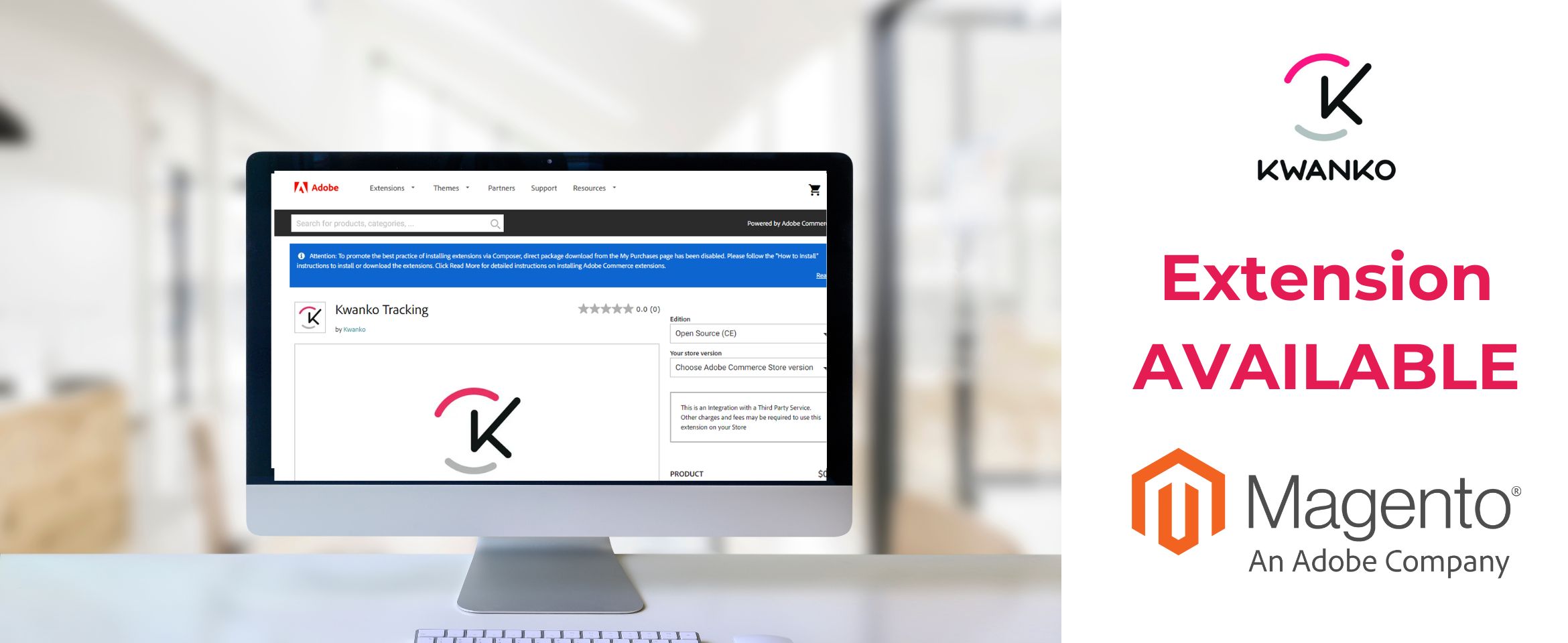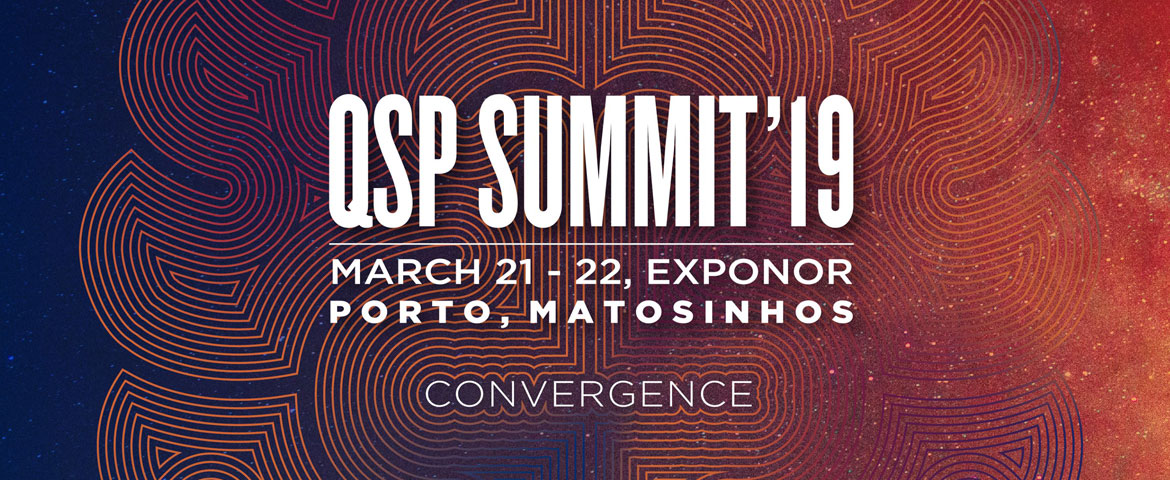After years of bad habits, a large number of users equip themselves with an ad-blocker. The advertising industry has seen native advertising as an opportunity to make up for past mistakes. Less intrusive, more targeted, better highlighted and creating a more unified purchasing experience, native advertising has established itself as the standard. What’s more, it’s working: one study shows that native advertising is seen almost twice as often as traditional digital advertising. While it may sometimes be criticised for its lack of transparency or ethics, it has been able to make a name for itself amongst the other big formats. Is this for the better?
The prevalence of native advertising
Native advertising has become steadily more established since the start of the 2010s, taking a more respectful, finely crafted approach. It’s no longer the publisher’s website that has to adapt to advertising, but rather the reverse. Advertising integrates harmoniously with an existing design, including relevant information in accordance with the content read. It is becoming more credible and “native” through total integration and alignment with a given page layout and editorial line.
Nonetheless, in order to avoid abuses and disappointments, advertising has to go upmarket in order to be effective. Quality content which is relevant and actually interesting, featuring catchy titles which have to find a delicate balance between consistency of quality and the ever-present lure of clickbait.
Advertisers have already invested a great deal in native advertising, which has indirectly led to the implementation of a content marketing strategy with better targeted and more thorough information.
Buzzfeed, one of the field’s expert publishers, has furthermore confirmed the benefits of native advertising in a study for one of its clients. General Electric thus stood out as an innovative, inspiring and inventive brand.
The issue of relevance
Tailoring content towards a big publisher by basing a design around a layout close to their own is a real blessing for all parties. The advertisers are able to benefit from client data so as to target the right person at the right time on the right device. While publishers can monetise their content and audience, as well as finance their development.
The question then arises as to who the intended target is and what to say. There are communication objectives which will be difficult to integrate into a native advertisement which attracts web users with an often catchy title and a promise of content which must be of a high level.
It is better to see native advertising as a tool like any other. Much as a chef has several knives at his disposal to do his job correctly, the marketing professional uses several formats in order to reach the right person in accordance with his objective.
The native ad is becoming a mainstream form of digital advertising
After several years of existence, it’s difficult to hold up native advertising in opposition to traditional digital advertising. Indeed, as a result of native advertising’s innovation, it has been totally integrated into digital advertising more broadly. While glaring, intrusive and irrelevant banners have almost ceased to exist, there are still real solutions for better-crafted displays. Digital advertising has settled down and adapted to new habits of content consumption. From video to pre-roll, alongside sponsored posts or tweets on social networks, a complete arsenal is now available for advertisers to use. As a result of this diversity, campaigns are better structured and more complete in order to promote a brand, sell a product or service to a certain clientele.
Each advertising format possesses its own advantages and drawbacks. Native advertising can work on a brand’s image, provide reassurance, develop the reputation or the intrinsic aspects of a brand. Display advertising can focus on the key functions and the competitive advantages of an offer, and video advertising looks at demonstrations and tests or engages with the community.
There is no advertising strategy based purely on native advertising. This latest form has “killed” old and outdated formats; on the other hand, it has emerged as a driver behind the increased choice for better communication and integration in more qualitative campaigns.
 SKALE
SKALE  Join Kwanko
Join Kwanko  Program Directory
Program Directory  Who is Kwanko
Who is Kwanko  History
History  Careers
Careers  Kwanko Academy
Kwanko Academy  News
News  Case Studies
Case Studies  Strategy and commitment
Strategy and commitment  Social Responsability
Social Responsability  Gender Equality
Gender Equality  Our Environmental Charter
Our Environmental Charter  Our Ethical Charter
Our Ethical Charter  Our responsible purchasing policy
Our responsible purchasing policy  Certifications and Publications
Certifications and Publications 



 Publishers
Publishers Advertisers
Advertisers Our Solutions
Our Solutions  About Us
About Us  Academy
Academy 













